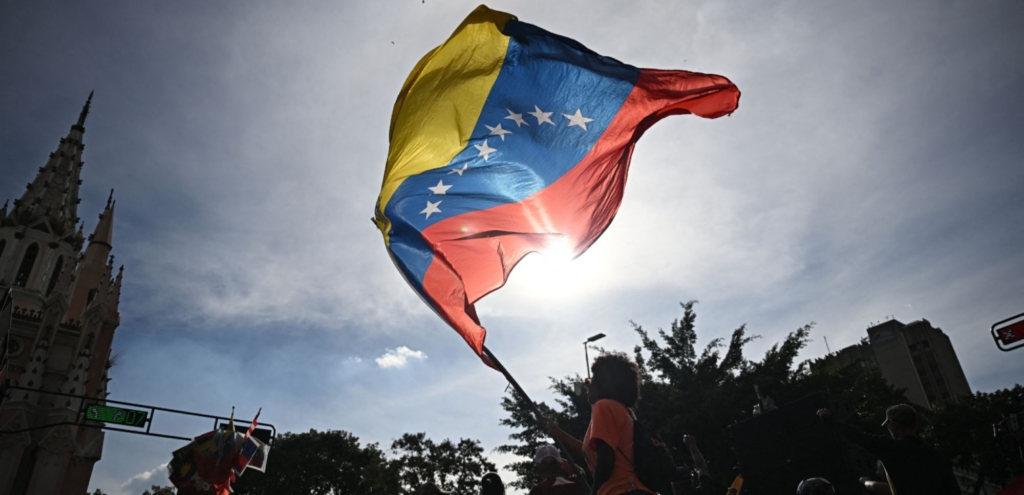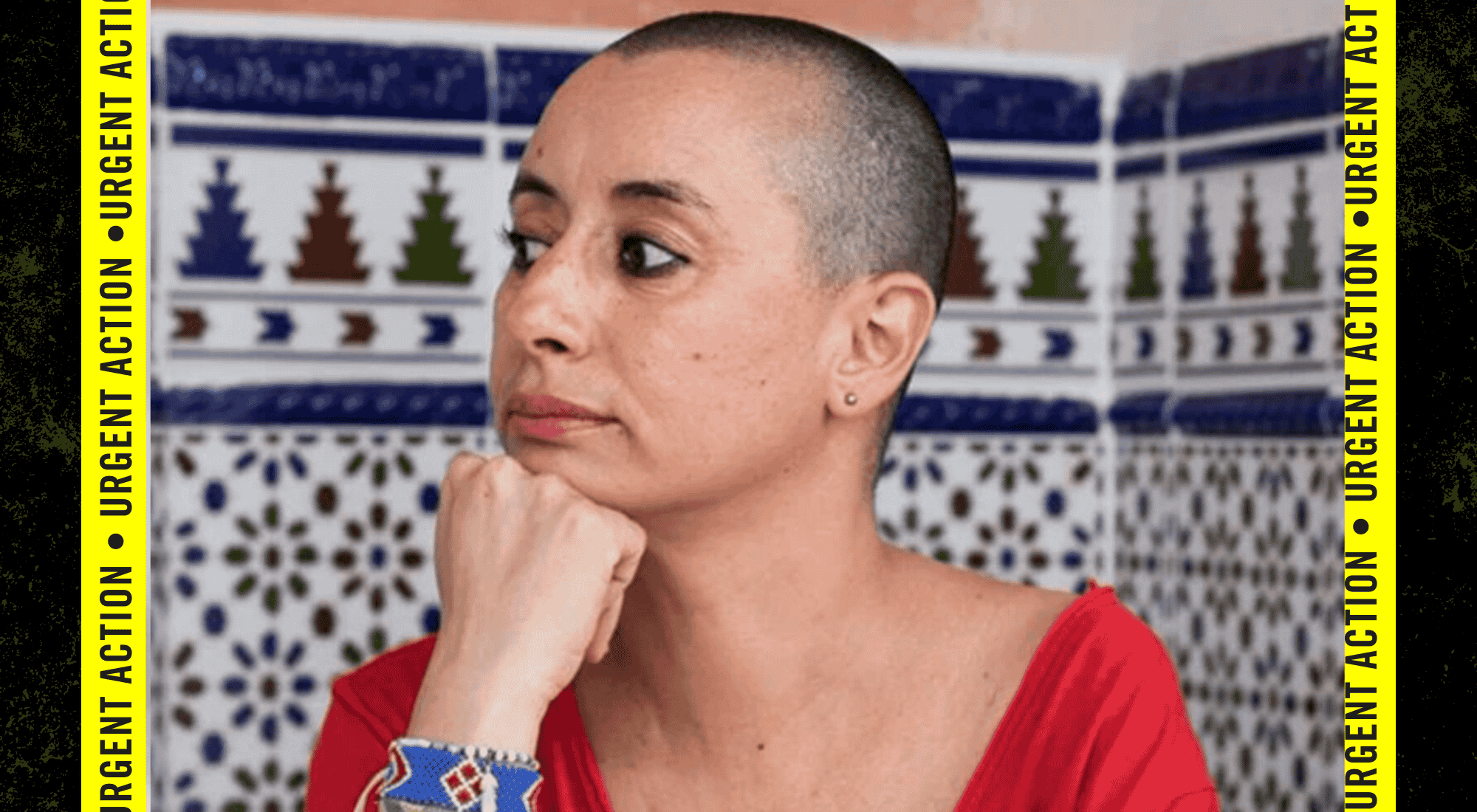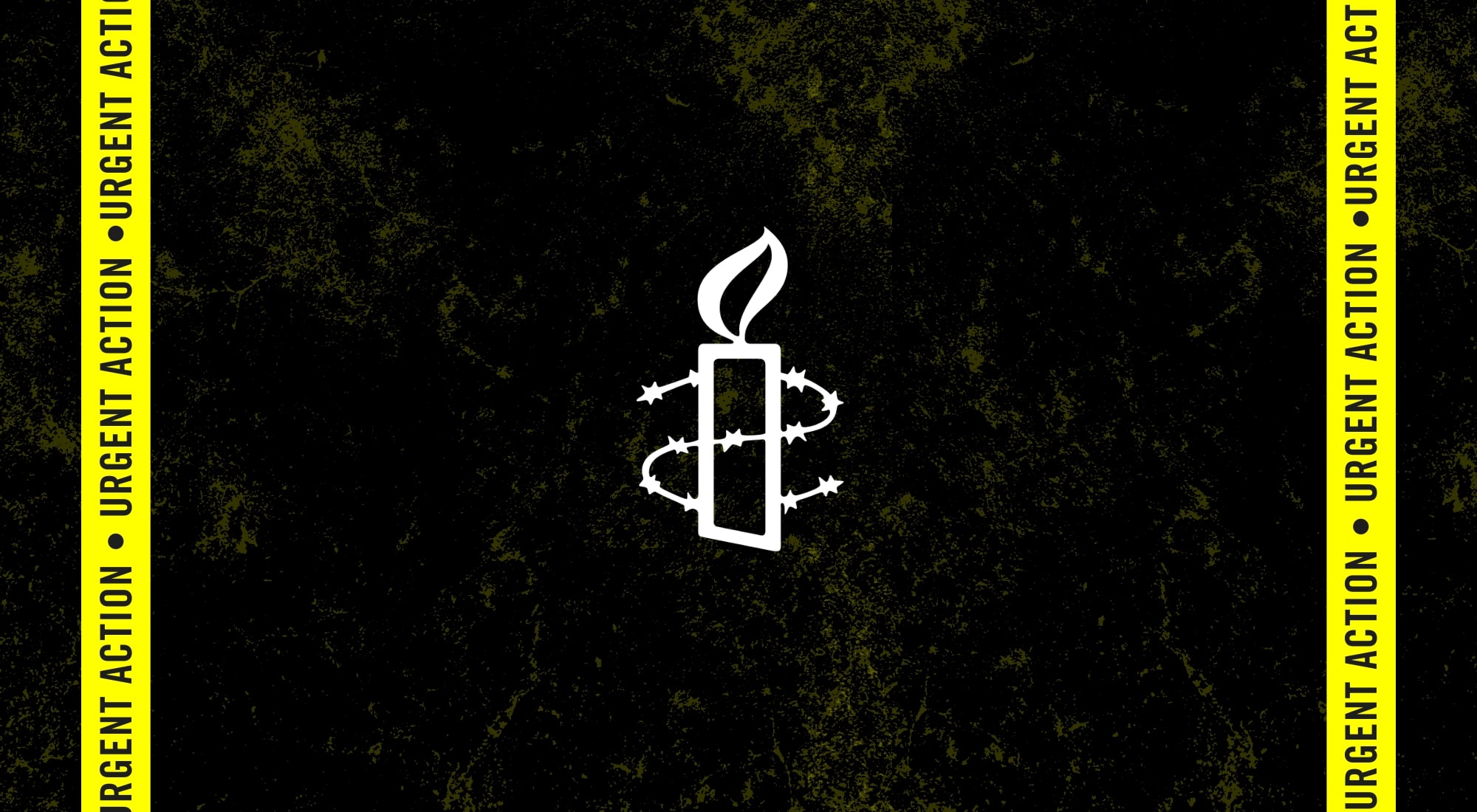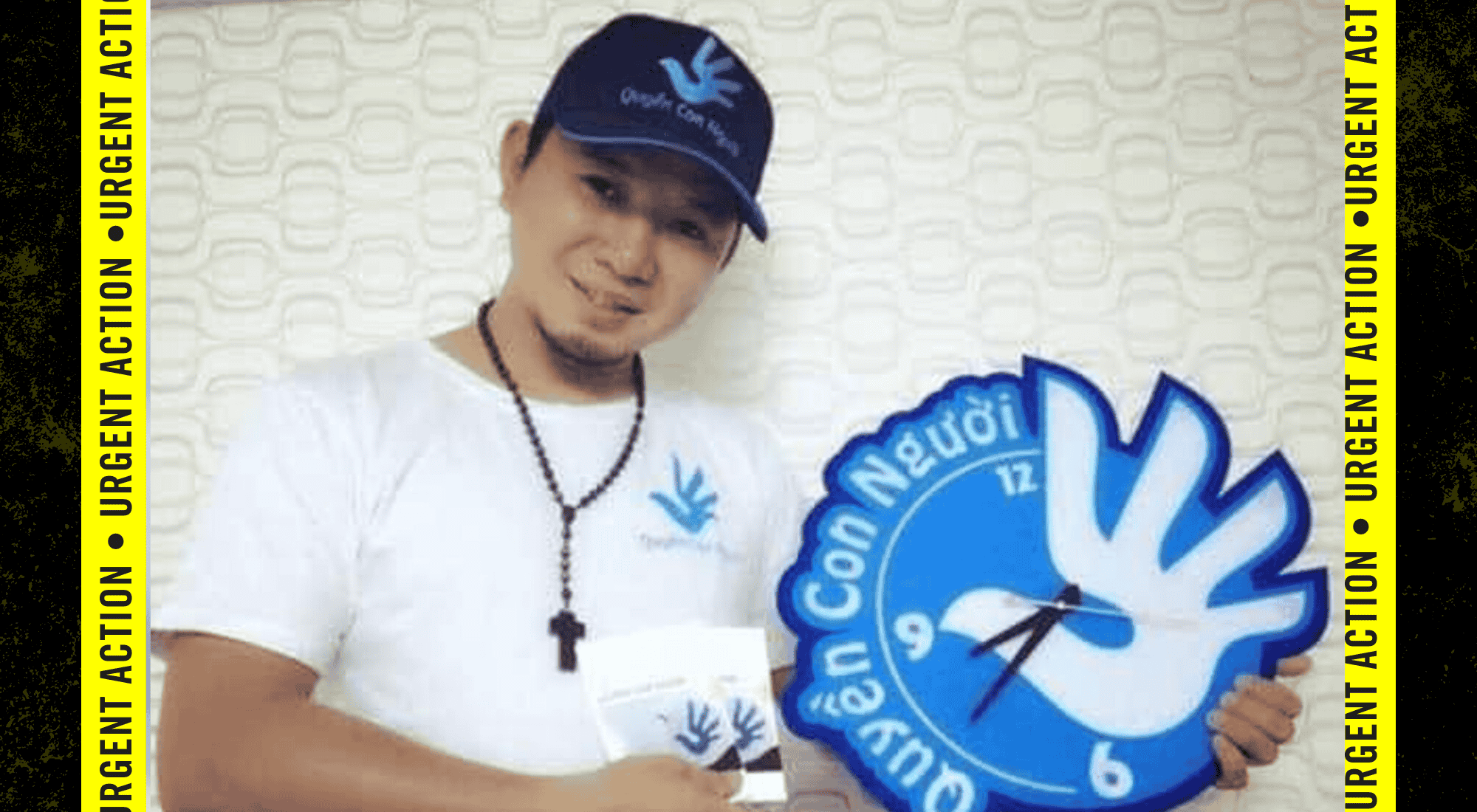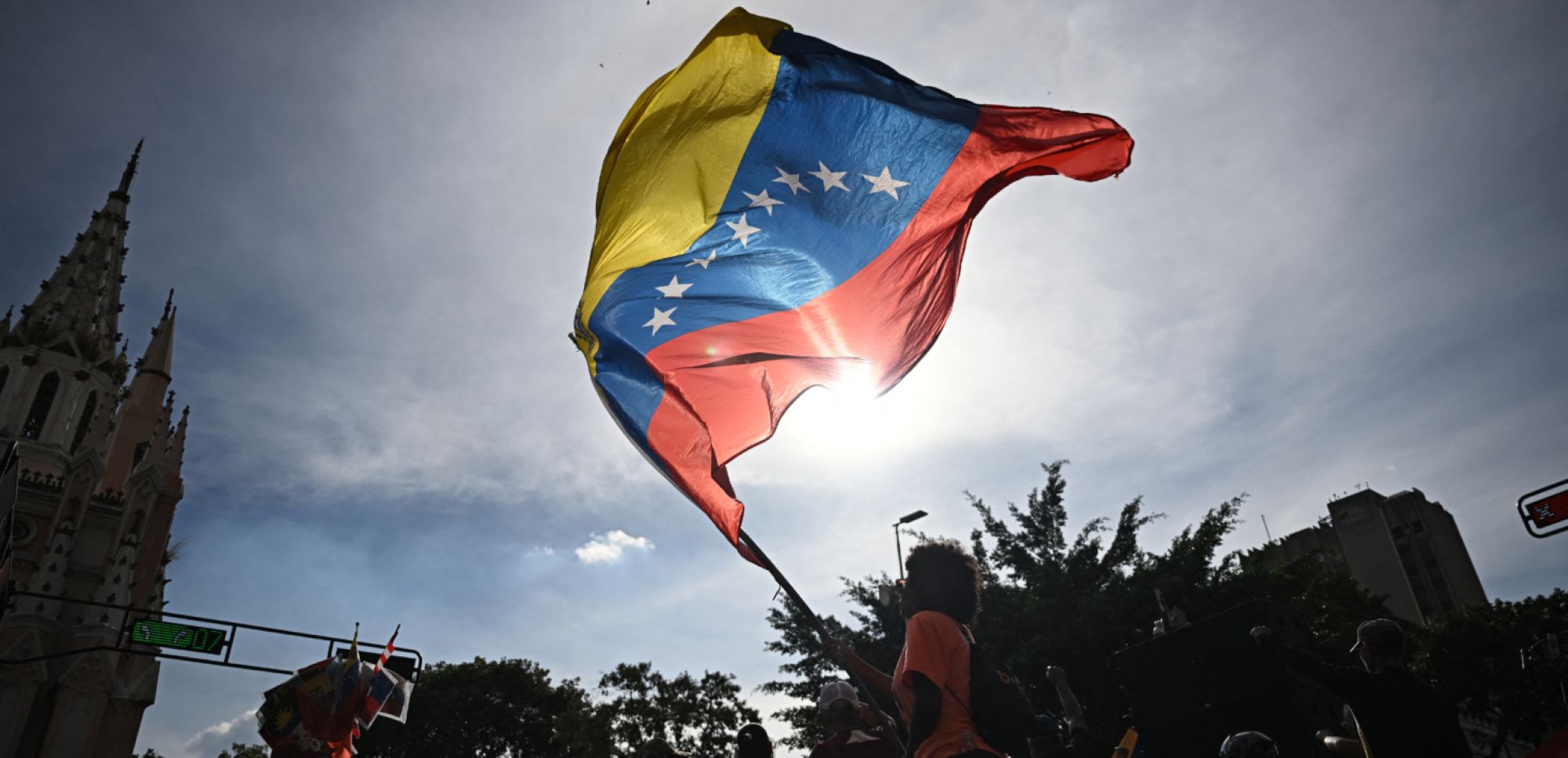By Daniella Barreto
WHAT IS PRIDE?
Pride is a celebration of 2SLGBTQ+ communities. Every year these communities host events to centre identities that are often pushed to the margins of society by creating spaces by and for themselves.
Usually, there are events around the world from large public parades and parties to smaller community gatherings. COVID-19 has forced many Pride organizers to cancel this year’s in-person events and look to alternative ways of celebrating. Regardless of its form, what remains at the foundation of the Pride movement is protest and a fight for human rights.
HOW DID PRIDE START?
Pride, as we understand it today, owes its beginnings to a revolt against police violence led by Black and brown trans women, sex workers and drug users at Stonewall Inn in New York City. Because of systemic oppression and discrimination, 2SLGBTQ+ people were considered a threat to heterosexual society. Police surveilled and often broke up gatherings by raining physical violence upon queer and trans people at and around gay venues in the city.
There had been different riots and revolts before Stonewall but one fateful night in 1969, the people fought back against the police and forced the officers to retreat. To commemorate the event a year later, the community-led a march to Central Park called the Christopher Street Liberation March. Thus, the Pride parade was born. It caught on and cities around the world began putting on their own.
KEY ACTORS
Three people who have been met with long-overdue acknowledgment for their tireless organizing against injustice, including at Stonewall, are Black and brown trans women Marsha P. Johnson, Sylvia Rivera and Miss Major.
Marsha P. Johnson and Sylvia Rivera were both community organizers, sex workers and trans women who organized against homelessness. Miss Major also has a long history of organizing and community building for the safety of queer and trans folks focusing on the injustices Black and brown trans people experience.
VIOLENCE AGAINST TRANS WOMEN
Violence is pervasive against trans women of colour, and particularly against Black trans women and gender non-conforming folks. Due to long-entrenched stereotypes and discrimination, trans women experience high rates of violence and murder. Policing institutions have come under scrutiny for their lack of attention to cases of violence against trans and gender non-conforming folks and, in some cases, their active violence against these groups. In the United States in 2020 alone, at least 16 trans women or gender non-conforming people have been murdered. Many were Black trans women.
POLICING IN CANADA
The impact of colonization, imperialism, and white supremacy in erasing and suppressing global queer histories and identities cannot be left out of this conversation either. Policing sexuality and gender is one of the ways colonialism operates. For example, Two Spirit people existed before and continue to exist after the colonial state of Canada was created but experience the violence of colonialism, residential schools, and imposed religious values and beliefs.
The police in Canada have a long history of surveillance and repression of queer and trans people. Operation Soap in the 1980’s was a coordinated police raid on bathhouses in Toronto resulting in mass arrests of gay men who frequented the venue. In many ways we are still fighting against the surveillance, policing and oppression of 2SLGBTQ+ identities, even though today we might legally have some protections in Canada. For example, conversion therapy is still a topic of debate, 2SLGBTQ+ youth experience high levels of homelessness, and funding for queer and trans health and support programs is insufficient.
PRIDE TODAY: COVID-19 + PROTESTS
Pride’s origins are much different than the often-whitewashed version we see in advertisements from Pride’s corporate sponsors or often Pride organizations themselves. It is also common for the media to portray queer and trans people as white and ignore the fact that a significant proportion of members of 2SLGBTQ+ communities are Black, Indigenous, or People of Colour (BIPOC). While the media landscape is changing, there are still misconceptions about what queer and trans people look like.
The current global protests against police violence are an opportunity to bring into focus how much institutional violence people with intersecting identities face and, at the same time, how much work Black and Indigenous people and people of colour have done to advance 2SLGBTQ+ rights from before Stonewall to today. The Black Lives Matter movement in Canada led a worldwide conversation about police violence and the intersections of identities that are so often erased and cemented an understanding of the pervasive nature of anti-Blackness in all areas of society. Black people are queer people, too. Queer people are Black people, too.
In 2020 we are witnessing a stark picture of the intersections of many systemic oppressions: police violence, white supremacy, anti-Black and anti-Indigenous racism, the murders of trans and gender nonconforming people, inequities related to the COVID-19 pandemic and the ongoing epidemic of opioid-related deaths.
Systemic oppressions are interconnected and rely on each other. We cannot fight for the rights of 2SLGBTQ+ people without also fighting for the rights of Black people, sex workers, drug users, migrants, low-income folks, people who are homeless or anyone who experiences marginalization. Anyone can be queer or trans and anyone can have multiple identities. The decriminalization of drugs and sex work is central to the fight for queer and trans rights and against police violence. Much police violence is directed against queer and trans folks, many who are BIPOC, in the context of policing sex work and drug use—often a result of discrimination and exclusion from society.
We need to imagine and build a better future. We need to shift funding from policing to ensuring that people have what they need to live full, healthy and safe lives. We must fight for racial justice at the same time as 2SLGBTQ+ rights because they are intertwined. Pride might look different this year, but it is arguably the most authentic Pride since Stonewall.
RESOURCES
For resources and actions to take throughout Pride season, check our Pride Activism Guide article.
Here are some additional resources:
Listen: Gay History Podcast and CBC Uncover: The Village
















